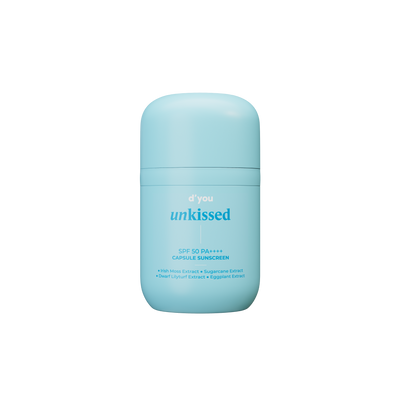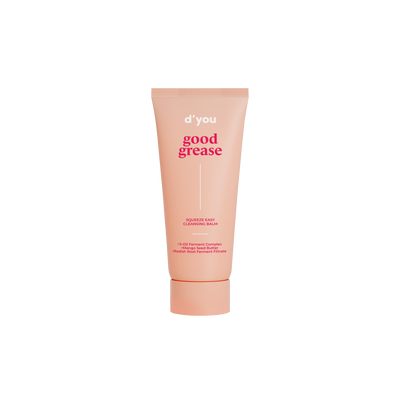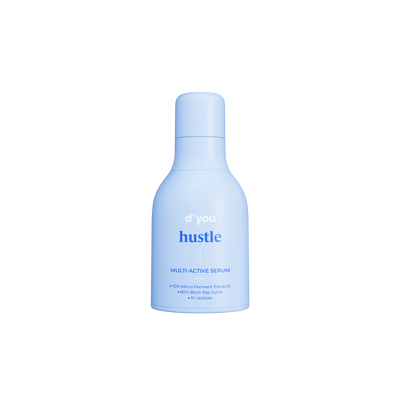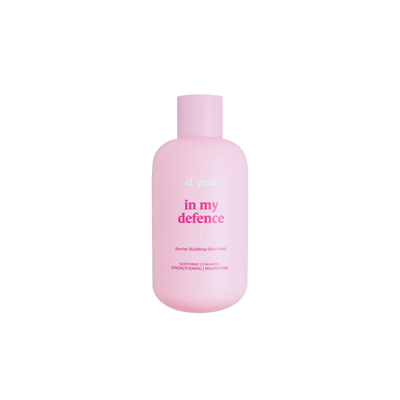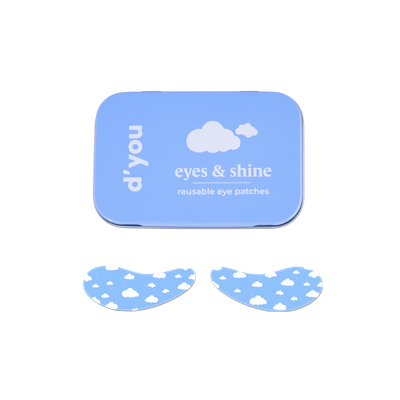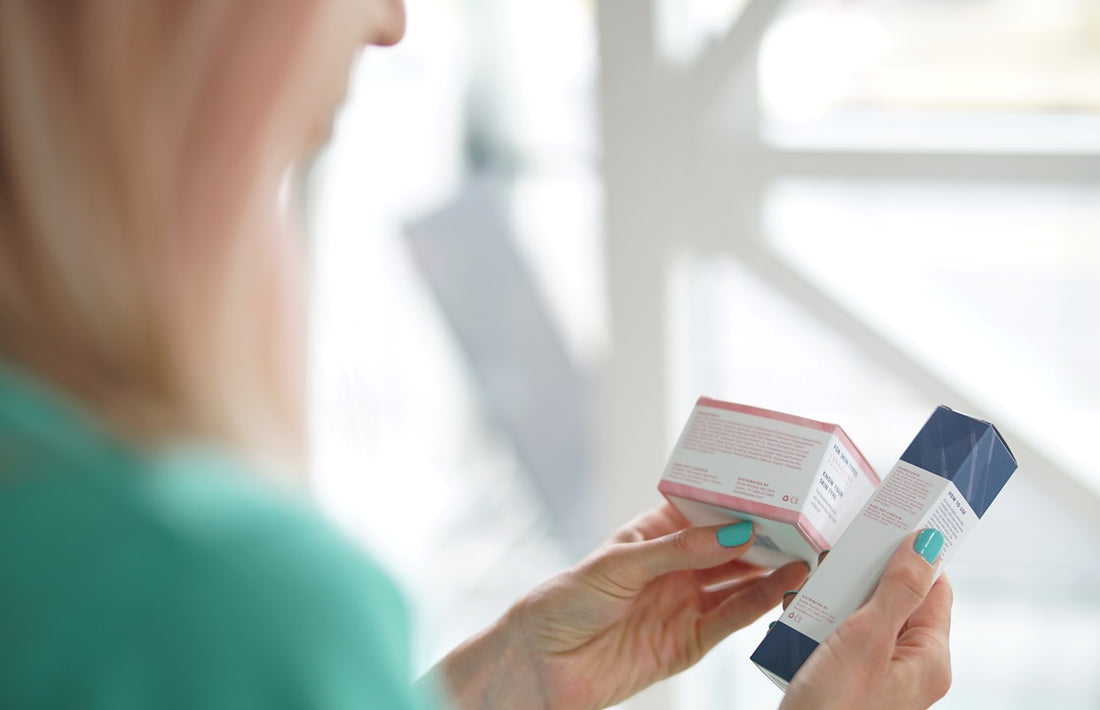
The best way to find out what’s in a skincare product is simple: just read the ingredient list! But in most cases, the ingredients may sound like Greek to you. Without a chemist on speed-dial, it can be tough to understand what ‘sodium hydroxypropylsulfonate’ does and why you need it. And even when words are recognizable, such as alcohol and fragrance, they look scary due to them being demonised in the beauty world.
While it’s important to focus on the overall formula, there is a lot that an ingredient list can tell you. So, we’re here to help you figure out how you should be looking at an ingredient list.
So first, let’s understand why it’s important to actually check the ingredient list on the back and not just skip it!
- Sensitivities or allergies: If you’re allergic or sensitive to an ingredient, a close look at the ingredient list will help make sure that you leave out products containing the culprits.
- Effectiveness: Does a serum really contain enough active ingredients to make a genuine difference, or just a drop in it for marketing purposes? The ingredient list will tell you that!
- Personal choice: Some of you may dislike certain oils or the harshness of certain acids. By reading the ingredient list, you can opt for alternatives that better suit your tastes and preferences.
So now that you know why it’s important, let’s learn how to actually read what it means!
Let’s talk about the names first. The names of ingredients can be quite complicated, but it’s all for a good reason. All ingredient labels have to follow the International Nomenclature of Cosmetic Ingredients (INCI) system, which makes the names uniform globally, and not different for every country! So, no matter which country you buy a product from, the ingredient names will not change.
The order of ingredients
How do you figure out the concentration of ingredients in your favourite moisturiser or serum? Has the brand stuck to its claims or have the ingredients been sprinkled for marketing purposes? Pay attention to the order of ingredients. As a general rule, the ingredients have to be listed in the order of concentration, from the highest to the lowest.
But there are a few exceptions to this rule:
- If the concentration of a particular ingredient is below 1%, it can be listed in any order.
- The concentration of colour additives, no matter how high or low can be added in any order.
- Active ingredients must be listed before any other ingredients in the case of drugs (like sunscreen).
How to spot low concentrations
Don’t be scared of complex sounding ingredients!
Looking at an ingredient list can be overwhelming and confusing. But with some research or a quick google search, you’ll be able to decode it within seconds! It’s a question of being informed about the products you put on your skin after all!
Also, there are many scary sounding ingredients that are actually completely safe to use on your skin. An example of this would be Cetyl Alcohol and Stearyl Alcohol. These may sound like something to avoid since alcohol has gotten such a bad rep in the beauty world but these are actually types of fatty alcohol that help stabilise emulsions and soften the skin. So, it's best to look up these ingredients before you dismiss a product containing it.
To make life and label reading easier for you, here are two websites that do the job: https://incidecoder.com/ and https://www.skincarisma.com/. All you have to do is put the ingredient that you don't quite understand or the entire label, and the website will tell you exactly what it is, what it does and whether you should avoid it or not. Voila!
Next time you buy a beauty product, don’t forget to check the ingredient list with your new found knowledge. Until next time!
